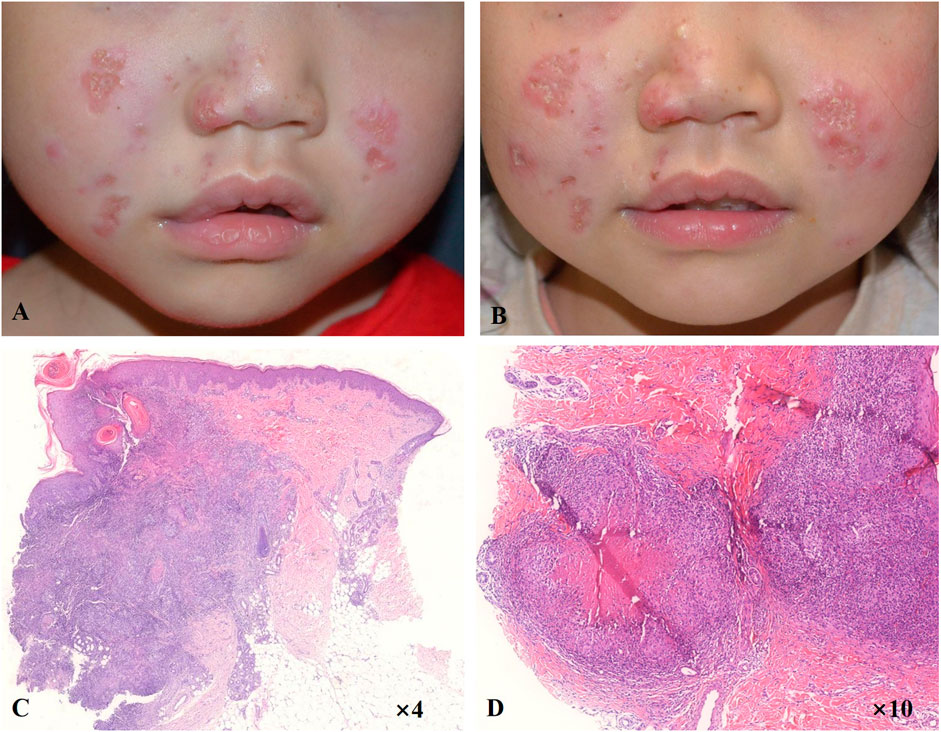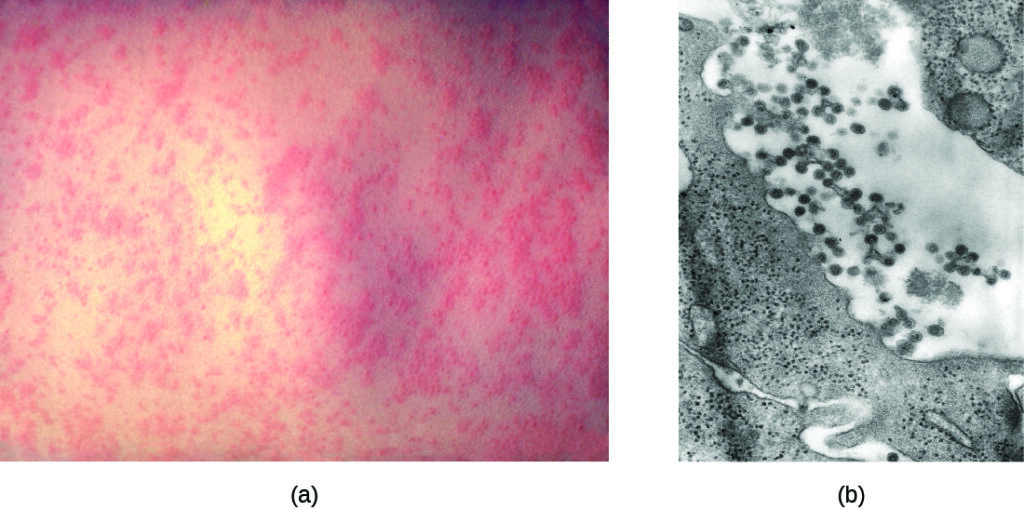Measles, also known by its scientific name Rubeola, is a highly contagious viral infection that primarily affects children but can also impact adults who are not immune. Despite significant advancements in public health and vaccination programs, measles remains a global concern due to its potential to cause severe complications and even death. The World Health Organization (WHO) estimates that millions of cases occur annually, particularly in regions with low vaccination coverage. This article explores the symptoms, causes, transmission, and prevention of measles, shedding light on why this disease continues to pose a threat to public health.

Symptoms of Measles
The symptoms of measles typically appear 10 to 14 days after exposure to the virus. They progress through distinct stages, making it easier for healthcare professionals to diagnose the disease. Below are the common signs and symptoms associated with measles:
- High Fever: One of the earliest symptoms is a high fever, which can reach up to 104 degrees Fahrenheit or higher.
- Cough: A persistent cough often accompanies the fever and may worsen as the disease progresses.
- Runny Nose: Nasal congestion and a runny nose are common early indicators of the infection.
- Red, Watery Eyes: Conjunctivitis, or inflammation of the eyes, leads to redness and excessive tearing.
- Koplik’s Spots: These are small white spots with bluish-white centers that appear inside the mouth, usually on the inner lining of the cheeks. They are considered a hallmark sign of measles.
- Rash: A red, blotchy rash typically begins on the face and spreads downward to the neck, trunk, arms, legs, and feet. The rash usually appears a few days after the onset of other symptoms and may last for several days.
In some cases, individuals may experience complications such as ear infections, pneumonia, or encephalitis, which is inflammation of the brain. These complications can be life-threatening, especially in young children, pregnant women, and individuals with weakened immune systems.
Causes of Measles
Measles is caused by a virus belonging to the paramyxovirus family. This virus thrives in the mucus membranes of the throat and nose of an infected person. Once the virus enters the body, it multiplies rapidly and spreads throughout the respiratory system. The exact mechanism of how the virus invades cells and triggers the immune response is complex, but researchers have identified key factors that contribute to its virulence.
The primary reason measles spreads so easily is its ability to survive in the air and on surfaces for extended periods. When an infected person coughs or sneezes, tiny droplets containing the virus are released into the environment. These droplets can remain infectious for up to two hours, increasing the likelihood of transmission to others.
Who Is at Risk?
While anyone can contract measles, certain groups are more vulnerable than others. These include:
- Unvaccinated individuals, particularly children under the age of five
- Pregnant women who have not been vaccinated
- Individuals with compromised immune systems, such as those undergoing chemotherapy or living with HIV/AIDS
Vaccination is the most effective way to prevent measles, and widespread immunization efforts have significantly reduced the incidence of the disease in many parts of the world.
Transmission of Measles
Measles is one of the most contagious diseases known to humanity. It spreads primarily through respiratory droplets when an infected person talks, coughs, or sneezes. Even casual contact, such as being in the same room as an infected individual, can lead to transmission. Here are some key points about how measles spreads:
- Airborne Transmission: The virus can remain suspended in the air for up to two hours after an infected person leaves the area.
- Direct Contact: Touching contaminated surfaces or objects and then touching the face, mouth, or nose can also result in infection.
- Close Proximity: Being within three feet of an infected person increases the risk of inhaling infectious droplets.
Because the virus is so contagious, outbreaks can occur quickly in communities with low vaccination rates. Schools, daycare centers, and crowded public spaces are common settings for transmission. Travelers who visit areas where measles is endemic can inadvertently bring the virus back to their home countries, sparking new outbreaks.
Prevention of Measles
The best defense against measles is vaccination. The measles vaccine has been proven safe and effective in preventing the disease and reducing its spread. Public health organizations recommend routine immunization for all children and booster doses for adults who may be at risk.
Vaccination Schedule
The measles vaccine is typically administered as part of the measles-mumps-rubella (MMR) vaccine. The recommended schedule includes:
- First dose: Given between 12 and 15 months of age
- Second dose: Administered between 4 and 6 years of age
Adults born before 1957 are generally considered immune because they likely had natural exposure to the virus during childhood. However, those born after 1957 should ensure they have received at least one dose of the vaccine unless they have documented evidence of immunity.
Additional Preventive Measures
Beyond vaccination, there are additional steps individuals can take to reduce the risk of contracting or spreading measles:
- Practice Good Hygiene: Regular handwashing with soap and water helps eliminate germs from the hands.
- Avoid Close Contact: Stay away from individuals who show symptoms of illness, especially if they have a rash or fever.
- Stay Home When Sick: Infected individuals should isolate themselves to prevent spreading the virus to others.
- Disinfect Surfaces: Clean frequently touched items and surfaces to minimize environmental contamination.
In the event of an outbreak, public health authorities may implement measures such as quarantine or travel restrictions to contain the spread of the virus. Schools and workplaces may require proof of vaccination before allowing entry.
Global Efforts to Combat Measles
Efforts to eradicate measles have been ongoing for decades, with significant progress made in reducing the number of cases worldwide. Organizations like the World Health Organization and UNICEF work tirelessly to promote vaccination campaigns, educate communities about the importance of immunization, and provide resources to underserved populations.
Despite these efforts, challenges remain. Vaccine hesitancy, misinformation, and logistical barriers in remote areas hinder the achievement of universal coverage. Addressing these issues requires collaboration between governments, healthcare providers, and local communities.
Success Stories
Several countries have successfully eliminated measles through sustained vaccination programs. For example, the Americas were declared free of endemic measles in 2016, thanks to widespread immunization initiatives. While imported cases still occur, robust surveillance systems help prevent localized outbreaks from becoming epidemics.
Ongoing Challenges
However, other regions continue to struggle with high measles burdens. Factors contributing to ongoing transmission include:
- Limited access to healthcare services
- Poverty and malnutrition, which weaken the immune system
- Conflict and displacement, which disrupt vaccination programs
Addressing these challenges requires targeted interventions and international cooperation to ensure equitable access to vaccines and healthcare resources.





